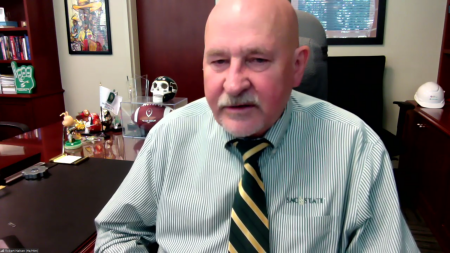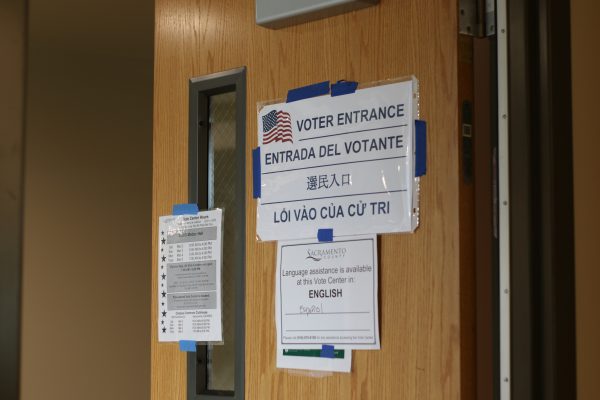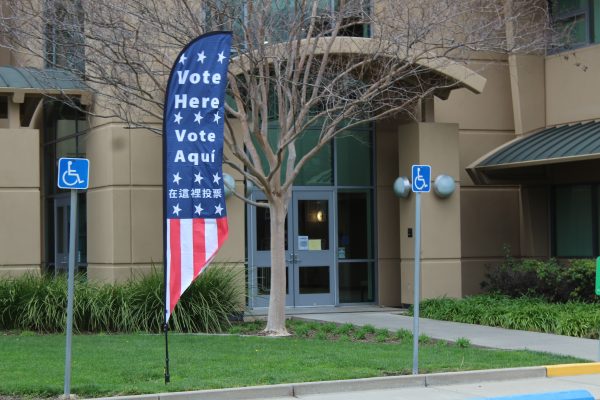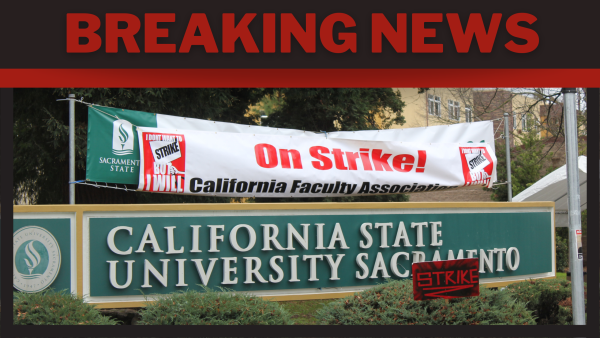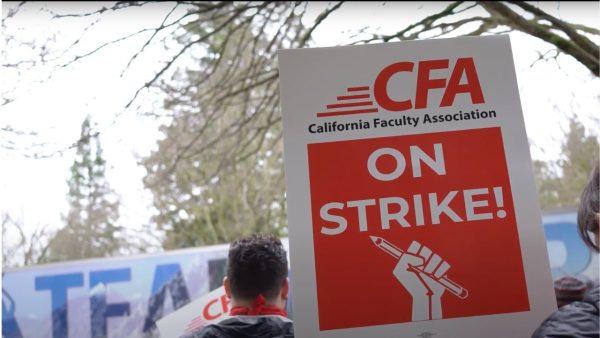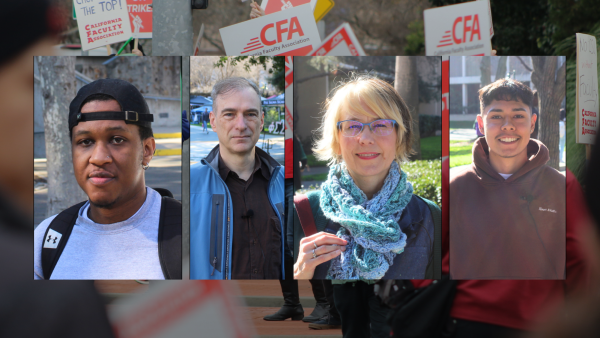Where did all that money go?: A breakdown of $63.8 million HEERF II funds
Funds allocated to IRT, virtual teaching and student direct deposits
Sacramento State received $63.8 million in the second installment of the Higher Education Emergency Relief Funds. This money was allocated toward different departments at Sac State with a focus on benefiting students and departments affected by COVID-19. Graphic made in Canva.
May 7, 2021
President Robert Nelsen announced Wednesday that Sacramento State will be receiving $20 million in the third installment of Higher Education Emergency Relief Funds (HEERF III) funds with an additional $50 million in stimulus funds. Similar to HEERF II in spring 2021, students will receive from $600 to $850 in direct deposits.
Sac State has been awarded $102,289,738 in total from both HEERF I and HEERF II installments, with $63,850,144 allocated to students and institutional departments on campus through HEERF II this spring.
Jonathan Bowman, chief financial officer, said through HEERF I and HEERF II around $52 million funds have been allocated “directly to students or made available to them through salaries and grants.”
So, where did all the HEERF II money go? The State Hornet provides a breakdown of where funds went below.
Story continues below the infographic.
HEERF II breakdown by Emma Hall
HEERF II, which was authorized by the Coronavirus Response and Relief Supplemental Appropriations Act (CRRSAA), was signed December 2020 and gave institutions all over the country pandemic relief funds. $81.88 billion was authorized as a part of CRRSAA and $30.75 billion through the Coronavirus Aid, Recovery and Economic Security Act (CARES).
The initial HEERF installment was authorized by CARES, which Congress signed into law March 27, 2020. The CARES Act provided several programs, one being HEERF, to provide economic assistance prompted by the pandemic
Bowman said the allocation of HEERF II was broken down into three portions of CRRSAA: CRRSAA I, CRRSAA II, and CRRSAA III. Funds for students went to CRRSAA I, funds for institutional development went to CRRSAA II and funds for the university as a “minority serving institution” went to CRRSAA III.
He further explained the first set of CRRSAA must be spent on students as required by the U.S. Department of Education. The university received $63,850,144 in HEERF II. Students were given the entire $17,867,181 of CRRSAA I and $3,958,784 in parts of CRRSAA III. Students received $21,825,965 and were able to see these funds deposits earlier in the semester with the university’s $600 to $800 direct deposit.
“All of the HEERF student funds need to have to be spent on students and you can use institutional funds for students,” Bowman said. “We gave the $17.8 million out to all the students in both HEERF I and HEERF II. So $35.6 million went out to students between those two.”
According to Vice President of Student Affairs, Ed Mills, the $17.8 million and parts of CRRSAA III went directly to students through a direct deposit of $850-$600 earlier in the semester.
Bowman also stated $42,024,179 was allocated toward institutional funds that went toward Information Resources and Technology, student assistants and ambassadors, additional sections for virtual teaching, student emergency grants, online course development training, CARmencement, and health center testing for COVID-19.
The university also allocated HEERF funds toward employing 120 student safety ambassadors and has “several thousand student assistants” on campus, according to Mills. HEERF student emergency grants are offered by Sac State to provide financial assistance for students who have lost income and have added expenses due to the pandemic.
For CARmencement, HEERF funds will cover vendors services needed to arrange the event including safety equipment and paying additional non-volunteer personnel, according to Bowman.
Funding also went to the health center, which Mills said has conducted thousands of tests.
With the largest amount of funds, at $14 million going to IRT, Mills says this money is going toward virtual teaching equipment, teaching workstations, classroom upgrades, Wi-Fi hotspots, outdoor Wi-Fi and cyber security.
Mark Hendricks, interim vice president of IRT, said the department is currently setting up 400 classrooms on campus to adhere to hybrid modality for fall 2021. IRT will be installing projectors, built-in stations for desktops and stations for instructors to bring their own devices. Hendricks says IRT will make sure classrooms have “good microphones” and “good cameras” either built into the ceiling or by another variant. This process will also continue in the summer.
“As summer comes, we are ramping up to make sure classrooms are ready for a hybrid modality,” Hendricks said. “That means sending a standard for all of our classrooms on campus, and making sure that their cameras, microphones, and people at home can see and hear on Zoom too.”
HEERF I was previously distributed through CARES, in the fall according to Bowman. He adds that both rounds of HEERF had $17,867,181 allocated to students and institutional departments, while $2,705,232 was allocated to Sac State for being a minority serving university. These funds also went to students.
Many students are financially struggling due to work complications. At the end of the day, can all of us students at least be sent a survey able to choose where “our” money goes?
— Gavin Veiga
Riyakaram Sandhu, a 22-year-old interior design major, said she feels HEERF III should go toward students, campus living, tuition and other fees that changed instruction. Furthermore, she said IT should continue to receive funds to make sure campus Wi-Fi is fast.
“If we look toward the campus side, then funds should go toward IRT, where they can make sure there are less problems on Sac State’s website,” Sandu said. “[The university] needs to make sure the campus Wi-Fi is fast so students can come back in the fall and study on campus.”
When instruction went online, Gavin Veiga, a 22-year-old film major, said he took a semester at Sacramento City College to save money, worried about not getting a “full education” while Sac State was online. Without the support of funds like HEERF, Veiga said he would have likely “taken a semester off of school.”
In regard to student input, Mills claimed the timeframe between allocating HEERF funds was too short to make way for a student survey. However, Veiga said he believes students should be involved in giving their opinion on where HEERF III funds go.
“Many students are financially struggling due to work complications,” Veiga said. “At the end of the day, can all of us students at least be sent a survey able to choose where “our” money goes?”

































































































































